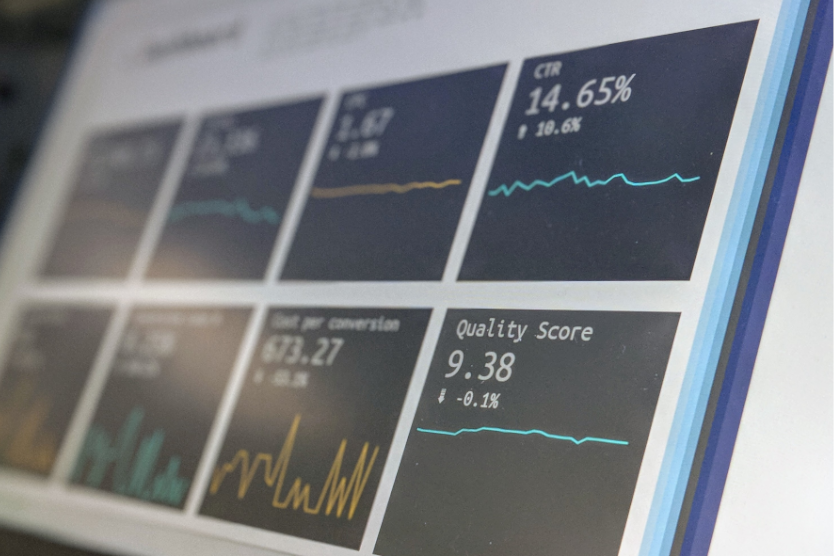
The wonder compound LLTO can not only improve energy density, power density, charging rate, safety and service life of lithium-ion (li-ion) batteries, but it can also do it with larger particles on the micrometre scale.
© Stephen Dawson, Unsplash
As the demand for electric vehicles increases, so the race to find the ultimate formula for high performance batteries is hotting-up. Thanks to an international effort between the Karlsruhe Institute of Technology (KIT) in Baden-Württemberg, Germany, and Jilin University in Changchun, China, a promising new anode material has been found in lithium lanthanum titanate with perovskite crystal structure (LLTO).
According to the team who published their findings in Nature Communications, the wonder compound LLTO can not only improve energy density, power density, charging rate, safety and service life of lithium-ion (li-ion) batteries, but it can also do it with larger particles on the micrometre scale (as opposed to the nanometre scale). Larger particles make a difference because this "enables simpler and more cost-effective electrode manufacturing processes," explains Prof. Helmut Ehrenberg to innovations-report. He is head of the Institute of Applied Materials - Energy Storage Systems (IAM-ESS) at KIT.
The most common conductor material used in li-ion batteries is graphite. However, negative electrodes made of graphite have a low charging rate and are also dogged by safety issues. There are alternative conductor materials on the market such as lithium titanate oxide (LTO), but LLTO outperforms it because it has been shown to have “lower electrode potential”, which allows a higher cell voltage and capacity to be achieved.
"Cell voltage and storage capacity ultimately determine the energy density of a battery," explains Ehrenberg. "In the future, LLTO anodes could enable particularly safe and long-lasting high-performance cells".
The study is part of the research platform for electrochemical storage CELEST (Centre for Electrochemical Energy Storage Ulm & Karlsruhe), one of the largest battery research initiatives worldwide.


